How do I Combine Cycling and Running in my Training Programme?
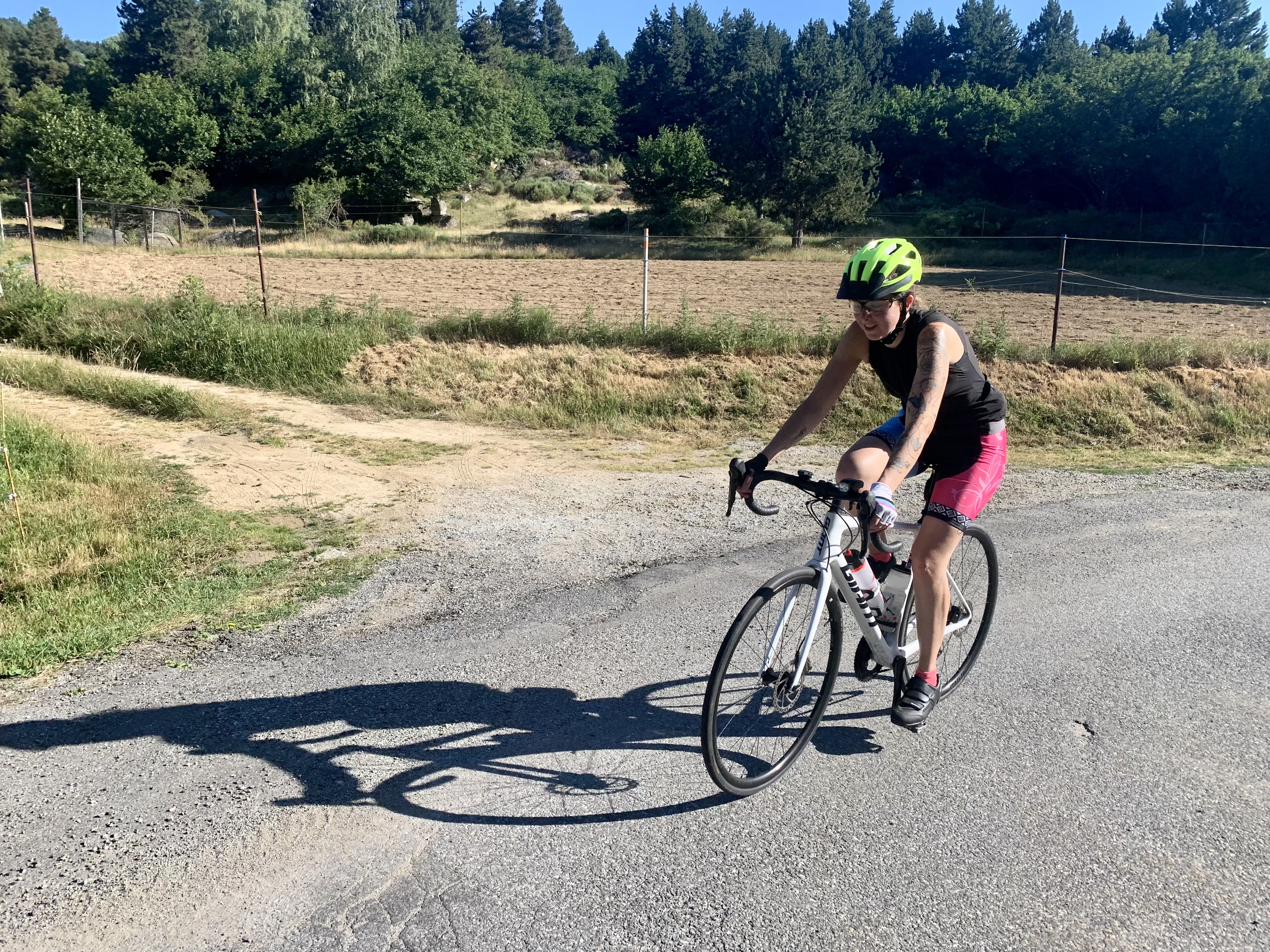
Cycling can be really complementary to running training, especially trail and mountain running, enabling you to work on some fitness with less neuromuscular toll and giving you some good uphill running strength and endurance. Equally, running can be a great way to change things up in your cycling programme, enabling you to open out your upper body a bit and provide you with some weight bearing exercise. So how do we combine the two into a good training programme without over-training?
Here are few tips to help you think about combining running and cycling into a training programme that works for you.
What is your main focus?
If you are used to just training in one sport, it's usually a good idea to decide which sport you want to be your main focus for a block and accept that in introducing a new sport there will be good gains made but you will have to accept some compromises. Depending on how much you want to do and how much volume you already do, you may have to lose some sessions in your main sport to add in some extra sessions in another discipline.
Thinking about what your main focus is for a block will help you think about the emphasis of bike to running; this might change throughout the year if you like to do both running and bike races or it may be that you want to focus equally on both for some duathlons.
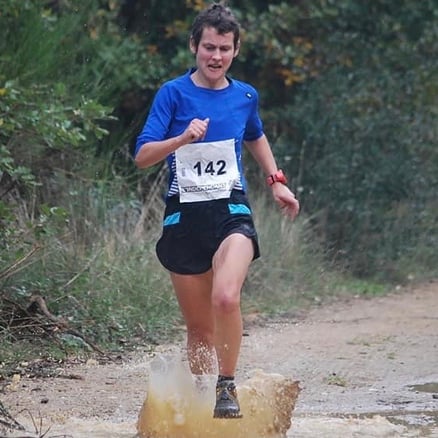
If you do enjoy being competitive in both sports you may find that as you focus on running for a period of weeks for example your max power or FTP reduces a little as you become more running specific. The benefit of this is that you get a bit of a break from cycling and can find that when you refocus back on cycling you can exceed your previous fitness having had a psychological and physiological break.
Equally as you start to focus on cycling rather than running you may find your legs feel heavier, you gain a bit more weight (muscle) and feel you lose your sharpness in running. This may not last and certainly as you refocus back on running it will not take long for you to regain your 'running fitness' and make good gains from your cycling base.
The trick is to focus on the right thing at the right time so you are fit for the races you want to do and accept that in between there may be losses in one area as you gain in another.
How much time do you have?
In general, you need more cycling volume to make the same fitness gains as running. The exception for this is if you use an indoor trainer where hour for hour is roughly comparable with running.
If you enjoy being outside on your bike and want to make some decent fitness gains, it can be a good idea to plan your bike sessions when you have a bit more time to put in if you are planning on going outside.
Equally, if you are introducing running into your cycling schedule you will notice that you accumulate more fatigue on less running. This can be great if you are short on time because as little as half an hour running can still be a decent session.
Extend your training cycle.
If you are looking to make good gains in both cycling and running or simply can't face giving up your long ride/run completely it can be a good idea to extend your training cycle from 7 days to 14 days. This can mean that you get a good balance of both without trying to squash too much in and tire yourself out too quickly.
Here is an example of a schedule which supports both running and cycling with an emphasis on running a 10km Road Race:
You can (usually) support much more bike volume than running volume?
Just as the fitness gains are different so too is your capacity for volume in cycling and running. Unless you are very new to cycling, you can support much more cycling volume than running volume (with the exception perhaps of mountain biking on rough terrain). This is mainly because the neuromuscular damage is less from cycling.
If you are someone who loves spending time outdoors cycling can be a great way to get more time doing something you love with less neuromuscular damage and overall fatigue. It can also be a good way to get a decent endurance block at the weekend as you may find that you can support a relatively long day on the bike off the back of an endurance run (or vice versa). For those of you training for ultras this can be a good way to get in good volume whilst avoiding injury.
For those of you who have a tendency to focus on stats and numbers in TrainingPeaks or other training platforms it's important to note that this will mean that you can't support as high a chronic training load ('fitness' loosely speaking) when you are running and cycling as when you are just cycling. For runners you may notice your Chronic Training Load go up, for cyclists you may notice it reduce. This does not really mean that you are less or more fit...it just means that you are spending more or less time training as per the requirements and fatigue mechanisms associated with the different sports.
You usually have different training zones for bike and running
If you like training to zones and are data driven you may notice that your training zones for running and cycling are different, so don't try and use the same for both. In general
- Your max heart rate on the bike is lower than running,
- Your speed is higher on the bike (of course)
- Power is measured differently so will have different values.
You can see the difference in an athlete's respective zones below (which were both calculated using Joe Friel's half hour test).
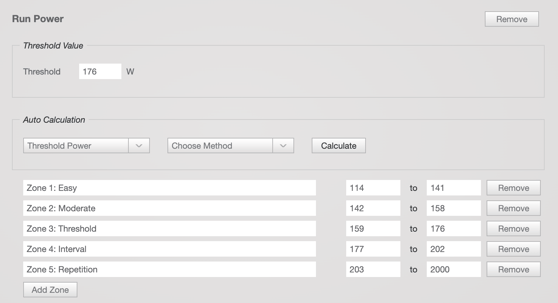
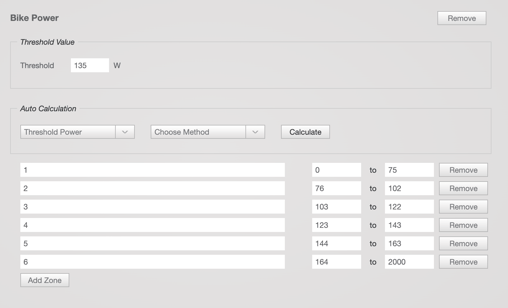
For this reason if you are serious about doing both running and cycling it's a good idea to test and know your zones for each discipline. Alternatively, you could choose to just run and/or ride to Rate of Perceived Exertion. It is worth noting that effort on the bike and running do feel very different and it can take some time to familiarise yourself with the differences. In general you feel less cardiovascular toll when cycling so it's easier to set off too fast and blow up if you are used to running.
Small subtle changes are better than big ones
As with any new addition to your training programme, small subtle changes are better than big ones. So if you are thinking of adding another discipline to your training programme try adding one easy session per week into your programme and see how that goes. Once you have adapted to that you could think about adding another. If you do this without too much change to your existing programme this should work well.
My usual principle is change one thing at once, so if you add some running into your bike programme, just do that don't also add an extra speed session on the bike.
Stick to the 80/20 Rule in Total
Regardless of differing volume capacities for running and cycling, once you are carrying high volume it's a good idea to stick to a polarised approach for your whole training schedule. So only 20 percent of all your workouts, cycling and running should be above your respective zone 2 in each discipline.
Additional Questions
Are the training principles the same for running and cycling?
There is a remarkable amount of cross over in the training principles for running and cycling. Training in the respective zones produces similar fitness gains for comparable Time in Zone. That being said, if you wish to race your bike on the road this is far more tactical and requires practise. In particular you will need to be able to ride in a group, have some sprint power so you can respond to attacks and benefit from drafting. Time Trials and longer Mountain Bike races are more comparable to running. Conversely, for running, you get very little benefit from running in a group and although at the pointy end of the race you will need to go with an attack it is far more possible to recover your race if you drop off in a way it is impossible to do when cycling.
There is also some skill in bike handling required, minimally so that you can ride safely on the roads if that's your preferred training ground and in a group. Some bike clubs offer a 'beginners' group ride so you can learn how to do this in a friendly environment, or there are also some decent courses run by businesses and clubs to help you if you prefer.
In addition to handling on the bike, you will need to know how to take care of it and make sure your bike is safe to ride. Again there are bike maintenance courses available, but YouTube can also be a good place to learn how to deal with day to day bike issues you may face on your ride.
What if Running Gives me Delayed Onset Muscle Soreness (DOMS)?
When you introduce anything new that creates significant neuromuscular damage this can give you Delayed Onset Muscle Soreness. This is particularly so if you introduce running into your cycling programme. Even if you have done quite a bit of running in the past, when you restart after a break, you can feel significant soreness. For this reason it's a good idea to introduce running very slowly and gradually, 20 to 30 minutes of easy running may feel very easy, but you will feel it the next day as your cardiovascular fitness will outweigh you neuromuscular toughness in the initial stages. If you stick with it, eventually your body will adapt and the DOMS will stop.
What if I get Saddle Sore?
Saddle soreness can be a real issue when you first start out cycling and can be very painful indeed. You can do yourself significant damage if you don't address this issue so don't assume you should be able to ride through it. A decent bike fit, though expensive, can save you a lot of pain, as can a good saddle (some shops and brands offer a try before you buy scheme). In addition a decent well fitting pair of cycling shorts and some decent lube (chamois cream) should enable you to cycle in comfort.
Book a call with Clare to see how we can help you
September 22, 2023
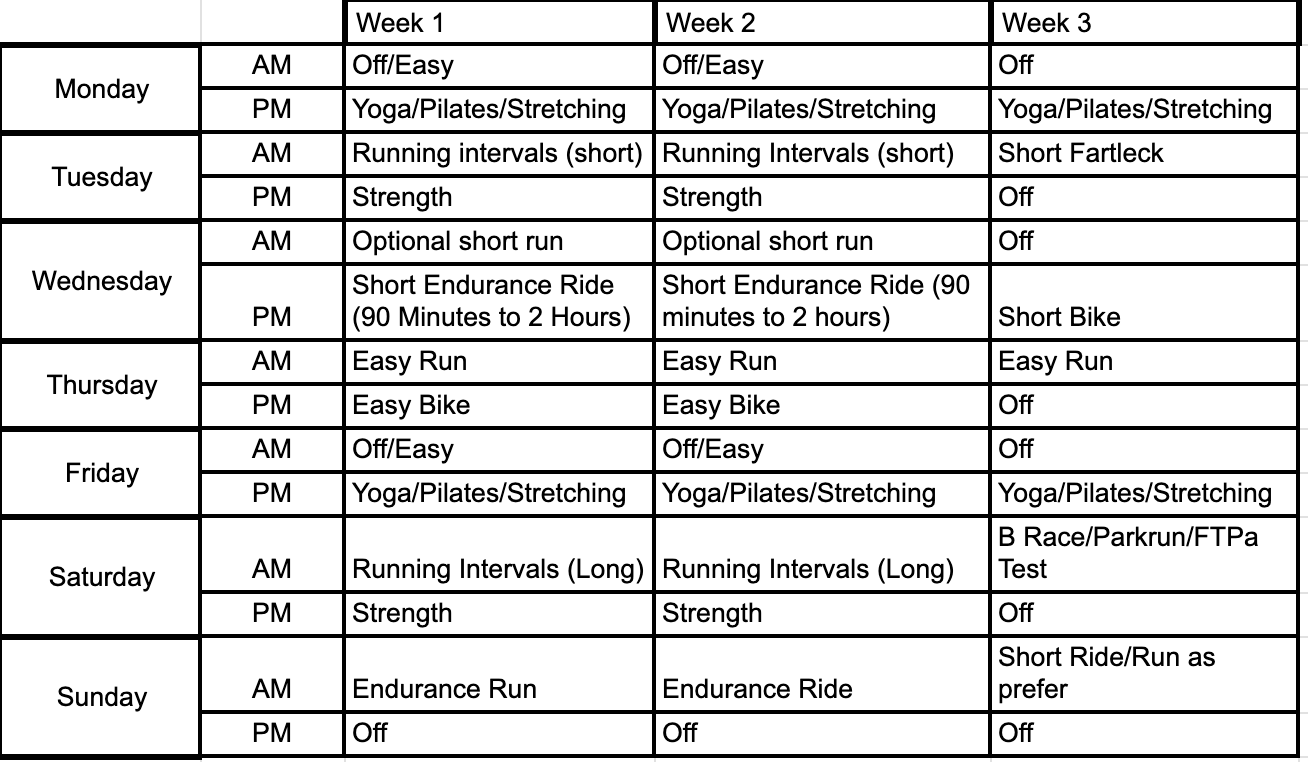
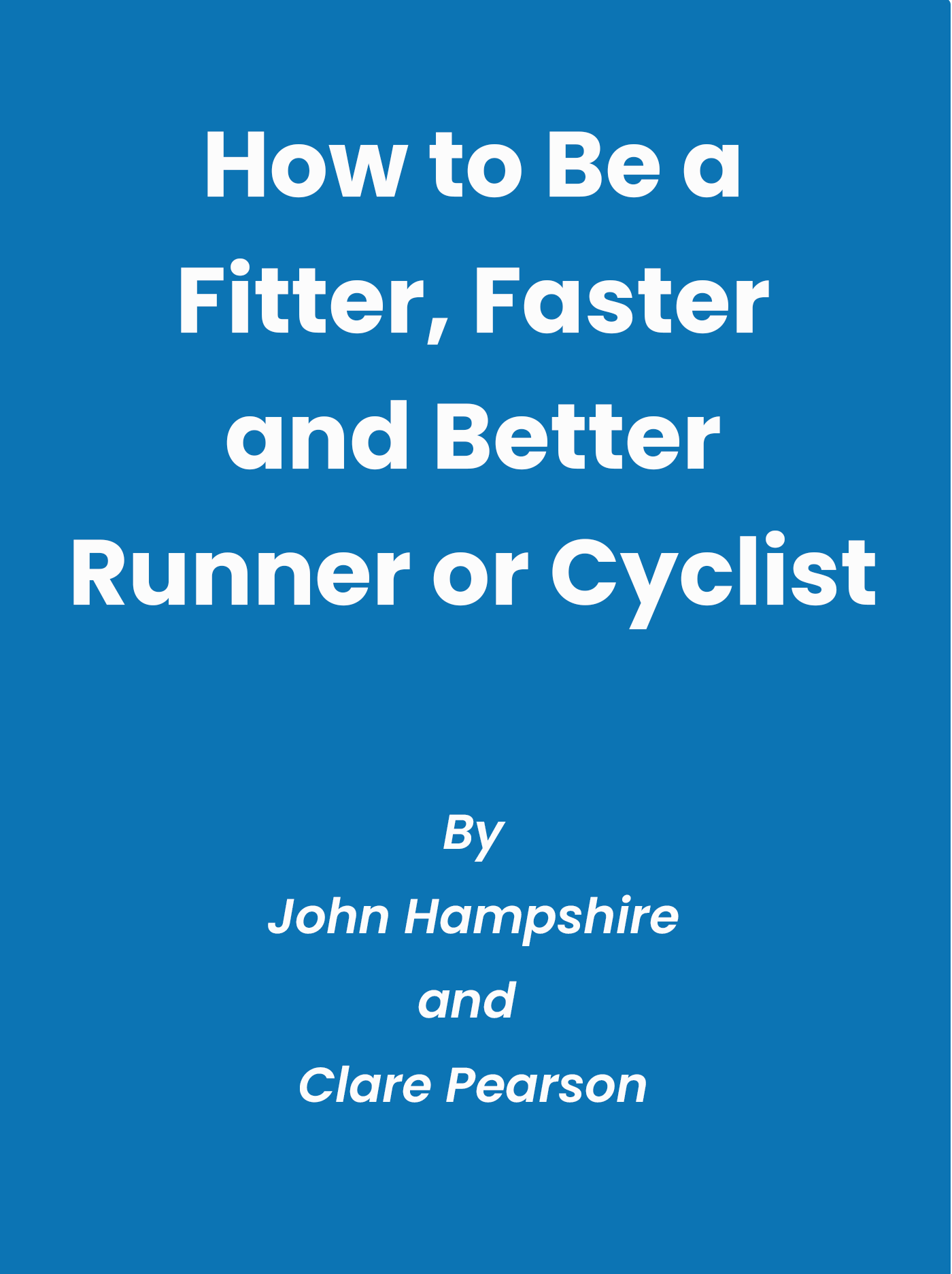
Comments